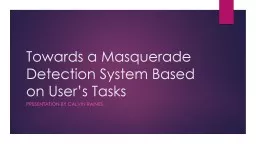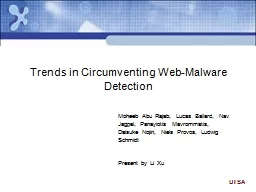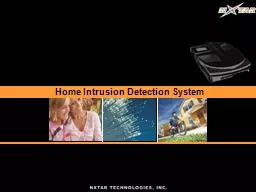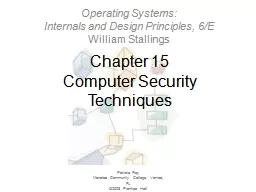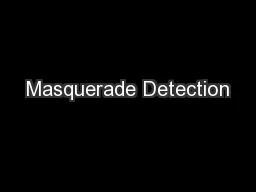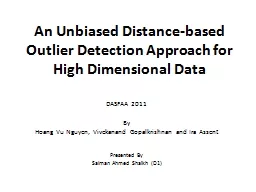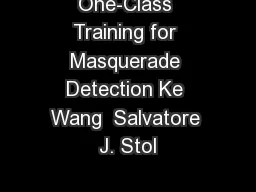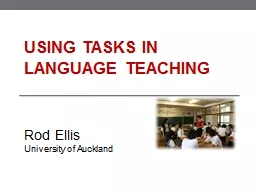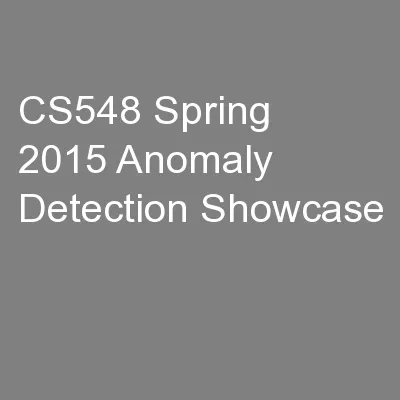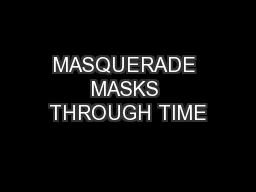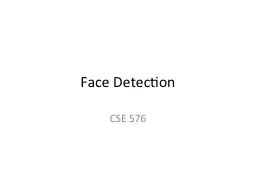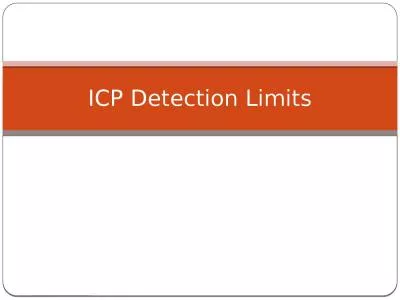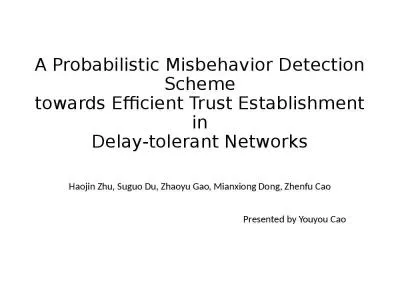PPT-Towards a Masquerade Detection System Based on User’s Tasks
Author : alida-meadow | Published Date : 2019-11-20
Towards a Masquerade Detection System Based on Users Tasks J Benito Camiña Jorge Rodr íguez and Raúl Monroy Presentation by Calvin Raines What is a masquerade
Presentation Embed Code
Download Presentation
Download Presentation The PPT/PDF document "Towards a Masquerade Detection System Ba..." is the property of its rightful owner. Permission is granted to download and print the materials on this website for personal, non-commercial use only, and to display it on your personal computer provided you do not modify the materials and that you retain all copyright notices contained in the materials. By downloading content from our website, you accept the terms of this agreement.
Towards a Masquerade Detection System Based on User’s Tasks: Transcript
Download Rules Of Document
"Towards a Masquerade Detection System Based on User’s Tasks"The content belongs to its owner. You may download and print it for personal use, without modification, and keep all copyright notices. By downloading, you agree to these terms.
Related Documents

